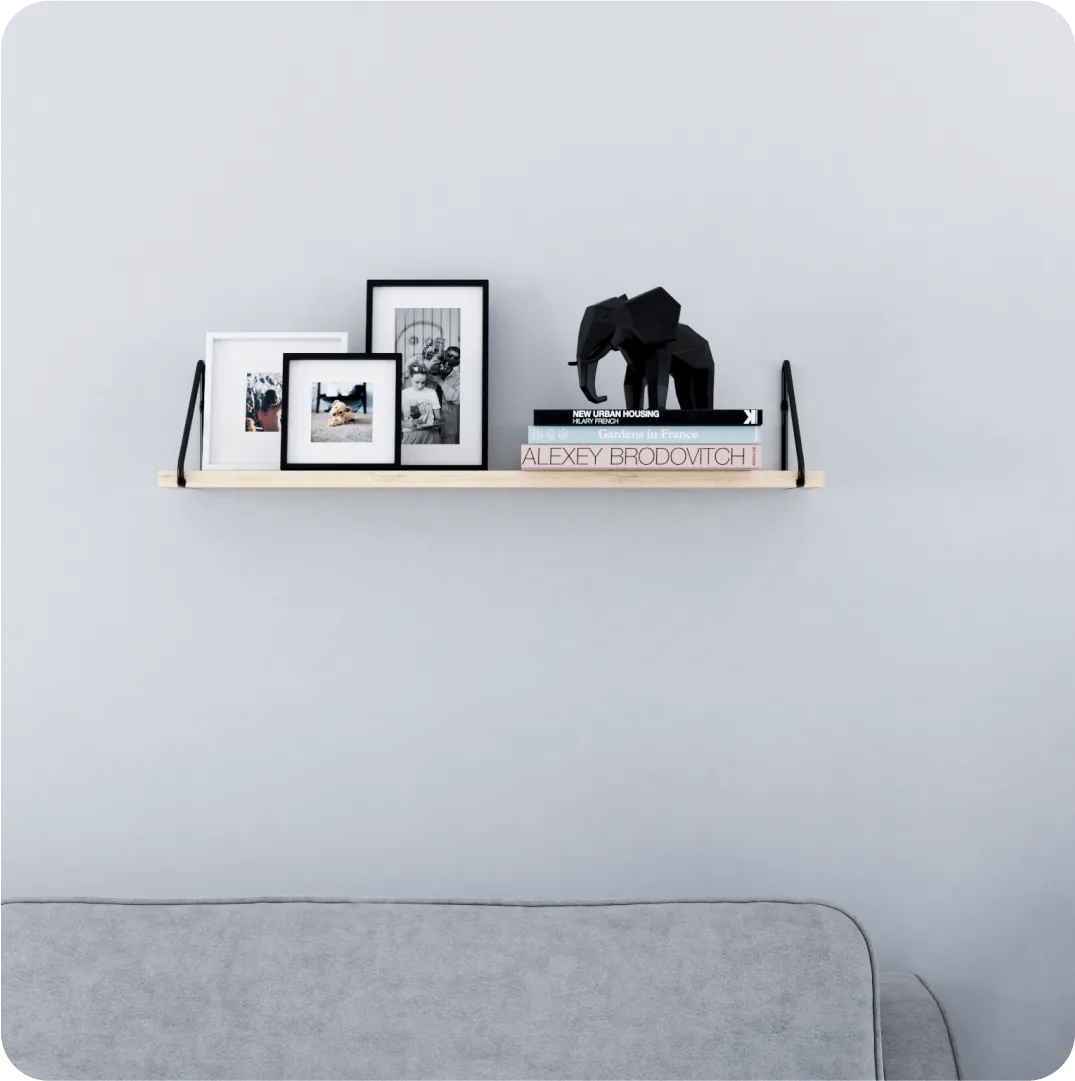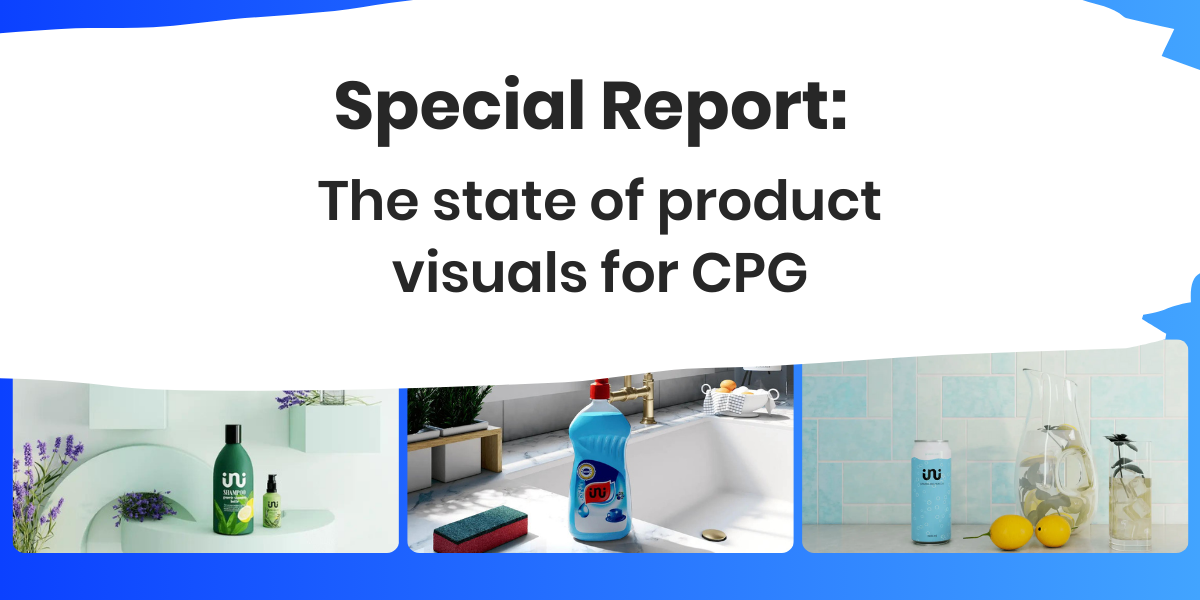Report findings: CGI will fuel product visual production
.png)
Today, Coresight Research published a new report CGI and 3D Product Imagery: The Future of Visual Merchandising in E-Commerce in partnership with Nfinite. The report features insights from a survey of nearly 200 executives across brands and retailers in the US and Western Europe. The results are made clear by the report title: brands and retailers are seeing significant results using CGI to produce product visuals, and early adopters of the technology will be those who succeed in merchandising now and into the future.
“CGI and 3D image creation are must-haves for brands’ and retailers’ product visualization strategies, offering multiple benefits over traditional photography, including speed to market, product returns reduction, and increased sales conversion,” remarked Coresight CEO Deborah Weinswig. Pointing to the impending economic climate as further reason to adopt the technology, Weinswig adds, “The cost-saving benefits of CGI can also help brands and retailers survive in an era of macroeconomic turbulence.”
In this article, we’ll unpack the key findings and insights from the report. Let’s take a peek into the minds of retail executives when it comes to producing and managing product visuals.
The impetus for compelling visuals
Creating compelling, immersive product imagery is key to keeping up with customer expectations in e-commerce. With only 9% of US consumers very satisfied with product images across retailer websites, there’s significant room for improvement. Consumers want e-commerce imagery and experiences that show products in context, offer the opportunity for interaction, closely imitate the in-store experience, and speak to their unique interests and needs. According to our 2022 survey of 1,000 consumers, 60% of consumers say a lifestyle image will engage them more than an image on a plain white background.
Those who are able to deliver imagery that resonates with consumers will see increased engagement, conversion, and retention. Interactive images with 360° spins can drive a 40% increase in sales, as highlighted by Coresight. Many brands and retailers understand this paradigm and aim to create visual content that fulfills these customer demands. 63% currently use lifestyle product images, and based on the survey data, more plan to leverage this and other types of compelling imagery.
Challenges managing and producing product visuals
But just because these brands and retailers are bought into the idea of compelling visuals, it doesn’t mean they aren’t facing a litany of challenges in accomplishing their goals. Managing and producing product visuals proves a barrier to the adoption of immersive and compelling imagery.
Cost is the most widely experienced challenge. 41% of brands and retailers point to high costs as a restricting factor in image creation. Second is difficulty creating emotional engagement with customers. Emotional engagement comes from content that is highly customized, shows products in real-life settings, or enables shoppers to immerse themselves in an experience.
Producing consistent visuals, producing enough visuals, and limited background templates are next on the list. This is due to the sheer number of images brands and retailers need to produce to meet customers where they are. Producing images for product pages is no longer sufficient. Image demands span social media channels, splash pages, paid advertising, email marketing, print, and more.
With the majority of brands and retailers relying on photography as their primary source of image creation, this set of challenges isn’t surprising. Photoshoots are costly, inflexible, and labor-intensive, making it difficult to scale the type of imagery customer expectations now necessitate.
And we can’t forget product returns — a rising problem across all of retail. 55% said more than 10% of their products sold online in 2021 were returned because the visuals displayed did not match the products received. Imagery that doesn’t show product detail or all angles of the product and doesn’t give customers a sense of how they can use it will continue to yield returns.
"We are excited about photorealistic CGI, which, aside from cost savings, can have potential positive impact on driving shopper engagement and conversion while reducing returns by providing customers a better sense of what they are purchasing," noted Weinswig.
CGI investment: Adoption and barriers
As expectations and accompanying challenges rise, brands and retailers are increasingly looking to alternative technologies to help them create the content the market demands. A less labor-intensive method is needed to rapidly produce product visuals at scale that meet the unique requirements of each channel.
40% of brands and retailers reported currently investing in CGI, and 58% say they are planning to invest in CGI in the future. But not everyone is on board, with some choosing not to invest because of perceived obstacles that don’t accurately represent the reality of CGI adoption.
44% of brands and retailers cite high cost and 43% cite a lack of knowledge of how to use CGI as reasons for not currently investing. The idea that CGI requires a large investment and employees with deep expertise in the technology are both misconceptions. In fact, it can cost as little as $200 to produce a 3D model with CGI, which the retailer can leverage to make unlimited product images.

Compared to the tens of thousands spent per photoshoot, CGI is quite affordable. And CGI solutions providers can enable brands and retailers to get the benefits of CGI with no domain expertise. Solutions like Nfinite require no technical expertise, putting a user-friendly platform at retailers’ fingertips to create context-rich images that work across channels in just a few clicks.
Jean-Philippe Marazzani, an executive at one of the world’s largest retailers, reports on their partnership with Nfinite: “Cost savings were 30% in the first year. In the second year, our cost savings increased even more by reusing 3D assets to build new variations and images.”
CGI benefits: Reduced returns and faster time to market
Those who are investing in CGI are reaping the benefits. Almost all report CGI has benefited their visual production to some extent, with 49% reporting significant benefits. The top benefits? First is reduced returns — 52% of brands and retailers noted lower return rates. High-quality visuals, like close-ups and 360° spins, enable consumers to view products in detail from every angle, giving them a real sense of what the product will look like upon its arrival.

Increased speed to market, improved effectiveness of social media marketing, improved ability to A/B test visuals, and increased sales conversion were also noted by brands and retailers. With software that makes it easier to produce product imagery, retailers are able to quickly scale their efforts and effectively engage, and win over, shoppers.
Want to learn more? Download the full report from Coresight Research
Insights in your inbox
Report findings: CGI will fuel product visual production
%20(418%20%C3%97%20251%20px)%20(3).png)
Q2 2023
Dynamic Display
With Dynamic Display, shoppers easily mix and match multiple products in real-time — and shop directly from the experience. Retailers can seamlessly embed this on their websites and apps, showcasing these shoppable showrooms wherever they do business online.
Search and tag visuals
Users can now search visuals on the platform! Instead of scrolling through visuals or looking up product or template details, users can easily find visuals using keywords and filters. Filters include visual type, products, organizations, creators, status, and creation date. And now, with the ability to tag visuals, users can also search by tag.
Advanced template search takes this a step further. When users begin creating a visual by selecting a product, in addition to seeing all compatible templates, they can now search for specific templates using a variety of filters, including categories, ratios, tags, and more.
%20(2).png)
Enhanced scene creation
Our redesigned scene editor offers a more immersive editing canvas while providing a simpler, easy-to-learn, and more intuitive UI. Users can swap products, repaint walls — and ultimately create scenes — faster than ever.
Vastly improved swap diversity
We've rebuilt how product swaps work to allow users to browse and swap any product with the accurate geometry. Gone are the limitations of a single or select group of product categories, enabling users to leverage their creativity by quickly transforming a bedroom into a home office or a garage into a home gym.
Preview Visuals Within Email Notifications
Each email notifying you about a new packshot, 360, or lifestyle will include a beautiful preview image helping you maintain context and make more informed decisions.
.png)
Control Your 360° spins
Customize your 360° spins by editing the duration, manipulating the zoom, or changing the camera angle to your exact specifications.
Want to get a full tour of the product? Request a demo today!
Insights in your inbox
Stay up to date










.jpg)

